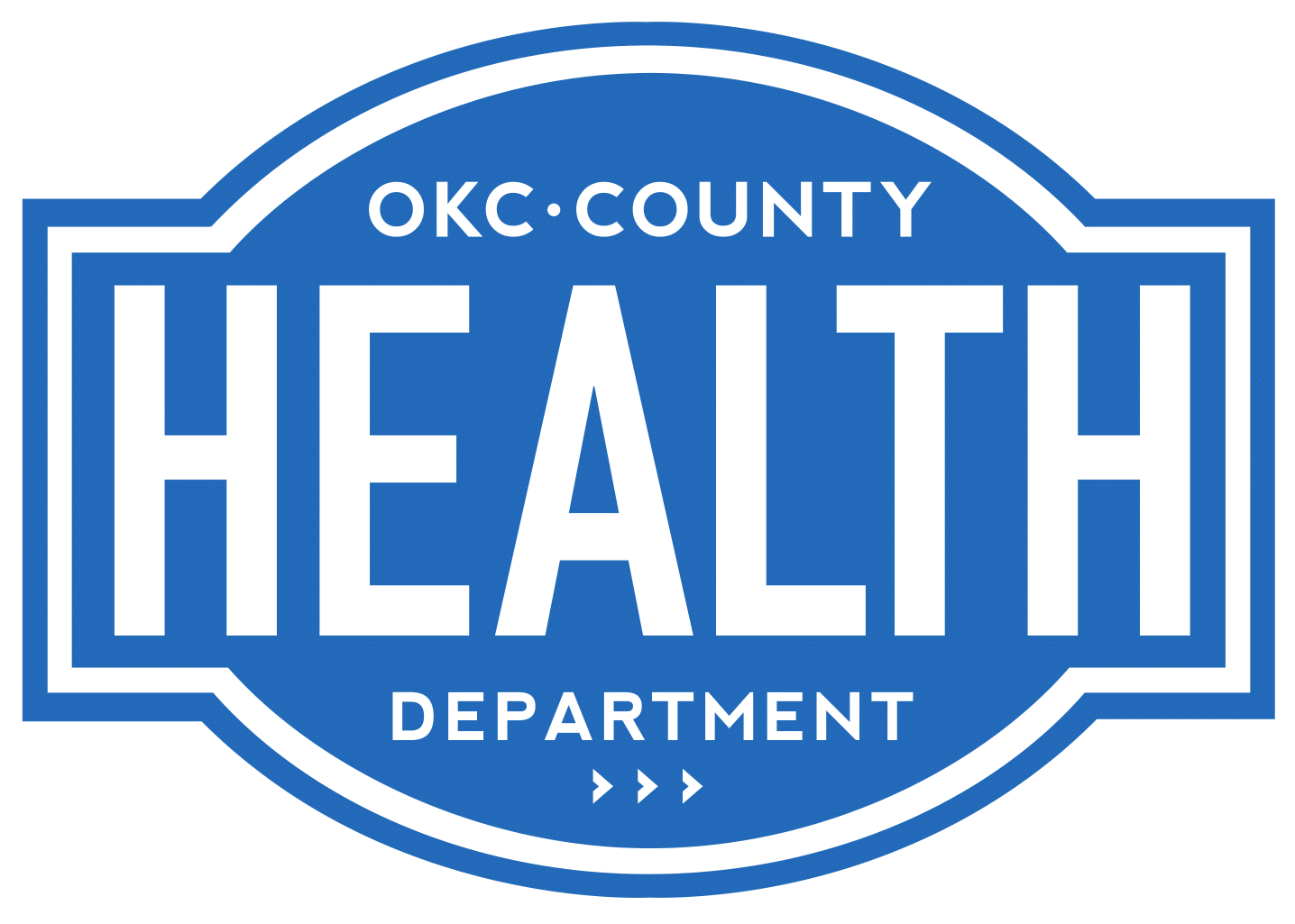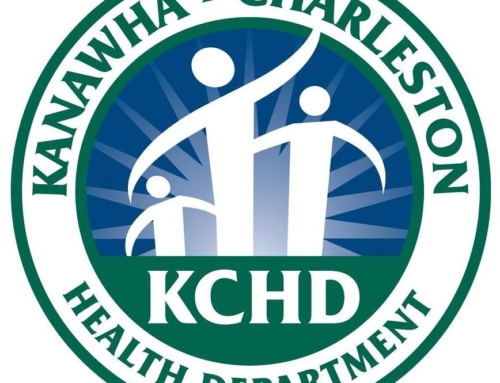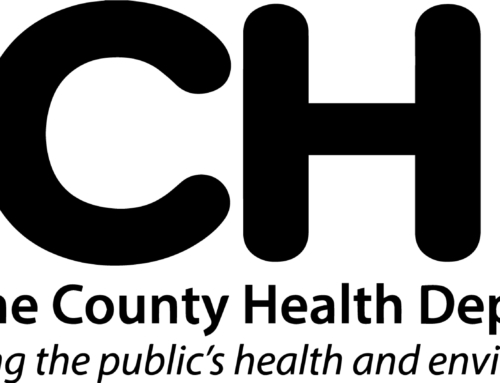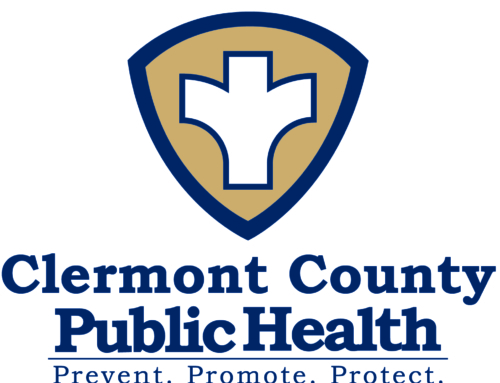Project Description

“The PHAB Standards and Measures gave us a framework on which to build a quality improvement function and helped it grow to where it is today.”
Accreditation Leads to Meaningful Link Between Quality Improvement and Performance Management at Oklahoma City-County Health Department
By Kathie Dyer
When the Oklahoma City-County Health Department (OCCHD) began to research the possibility of becoming an accredited health department, we soon realized that although we had begun the process of instituting a quality improvement function, a great deal of growing still needed to occur. The PHAB Standards and Measures gave us a framework on which to build a quality improvement function and helped it grow to where it is today.
Presently our QI Council consists of non-management staff who are dedicated to the improvement of our programs and agency. We began by providing training in quality improvement methodology. The Council created and instituted a Quality Improvement Plan and began working on improvements. Our first few projects were dedicated to staff and clients. We looked at staff knowledge and learned that many programs were not aware of what other programs were doing, so we instituted a segment in our quarterly staff meetings that were dedicated to 1-2 programs each quarter to advise other staff members of their functions and contributions to public health. Another project focused on clients. Surveys were conducted to get a feel for clients’ impressions upon entering the building and seeking services. This resulted in a better check-in process and an improved waiting area for the client’s convenience. As we learned more about the QI process in these first few projects we moved on to more detailed projects.
We then selected a large QI project that encompassed the entire agency: a Performance Management System with a meaningful link between quality improvement and performance management. In looking at performance management we realized that consistent and standardized metrics and data were not being captured in alignment with strategic planning goals and program evaluation objectives. This realization led to the establishment of the Data, Grants and Evaluation (DG&E) Project. We felt that integrating metrics and data with each strategic goal/objective would give the agency more targeted information, improve efficiency of program operations and increase effectiveness. Members of the QI Council met with each program administrator, discussed the project and asked them to submit SMART goals, objectives and measures for their programs. Performance Management spreadsheets were emailed to each Program Administrator in which to enter their goals, objectives and measures. The DG&E team reviewed the results and nearly half had to be returned requesting SMARTer goals and objectives. It took several attempts, but we are pleased to report that the system is now in place. The performance measurement tool is maintained by the strategic plan performance monitor. Each priority area is addressed at least once per quarter by the program administrators. If goals and objectives are not being met the program can then use the QI Council for assistance in facilitating improvement teams. The performance management spreadsheets for each program are posted on the agency intranet and available for viewing by all staff.
Oklahoma City-County Health Department in Oklahoma City, Oklahoma, was awarded national accreditation through the Public Health Accreditation Board on February 27, 2013.
About the author: Kathie Dyer serves as Quality Improvement Consultant at Oklahoma City-County Health Department in Oklahoma City, Oklahoma. Contact her at 405-425-4332 or [email protected].




